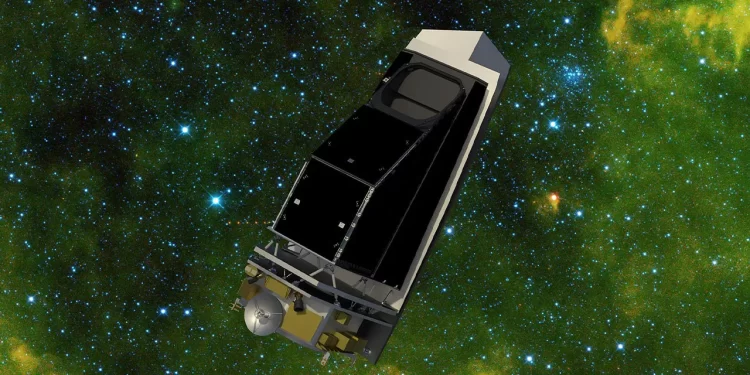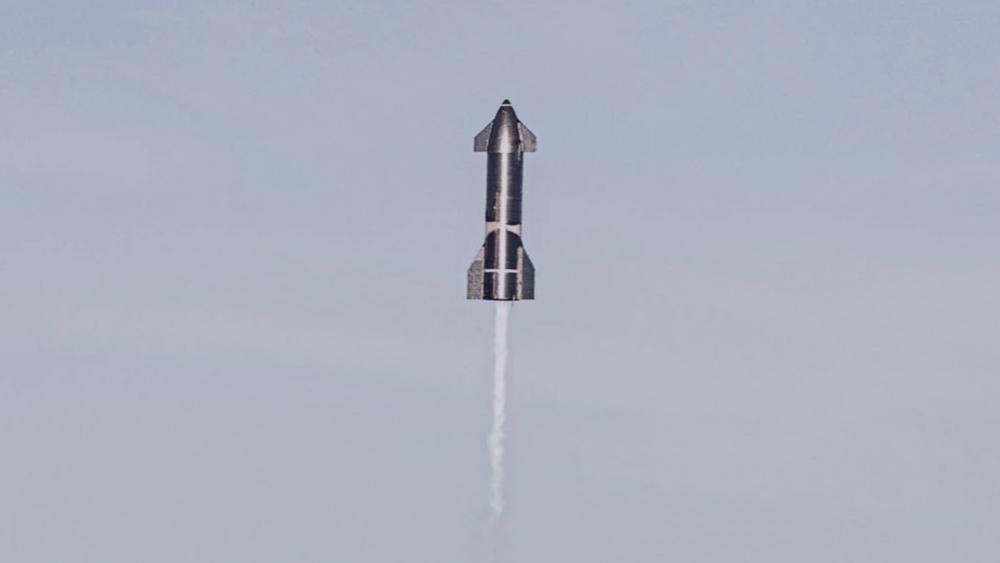NEO Surveyor is an advanced infrared space telescope that will help scientists detect and monitor near-Earth objects (NEOs) that could pose a threat to our planet. Unlike other observatories, NEO Surveyor is optimized to find asteroids and comets approaching Earth from the direction of the sun—a difficult task for ground-based telescopes. Scheduled for launch in late 2027, the spacecraft will travel to a unique gravitational balance point between Earth and the sun, known as the L1 Lagrange point, where it will conduct its observations.
The telescope’s primary advantage lies in its ability to detect NEOs using infrared light. Asteroids and comets, regardless of their reflectivity or darkness, emit infrared radiation as they are heated by the sun. This makes it possible for NEO Surveyor to identify even the darkest of asteroids, which are challenging for visible-light telescopes to detect.
NEO Surveyor’s detectors observe two distinct bands of infrared light, which allow it to distinguish between small, reflective objects and large, dark ones—key information for determining the size and potential impact of these objects. The spacecraft will also search for Earth Trojans—asteroids that share Earth’s orbit but are difficult to spot from ground-based telescopes.
Building the Future of Planetary Defense
The telescope’s main instrument is an optical bench built from solid aluminum, housing three precisely curved mirrors. These mirrors focus light onto infrared detectors, minimizing optical distortions. The mirrors, fabricated at JPL, exceed mission performance requirements, ensuring that NEO Surveyor will deliver clear, high-quality data.
JPL’s team is now working to align the telescope’s mirrors, a critical step before the instrument is tested and mounted inside its thermal enclosure. The enclosure, designed to help the telescope maintain its cool temperature in space, will prevent any heat generated by the spacecraft from interfering with its observations. This is particularly important for infrared telescopes, which require stable, low temperatures for optimal performance.
The team is also integrating detectors made of mercury-cadmium-telluride, similar to those used in NASA’s NEOWISE mission, which successfully identified thousands of near-Earth objects during its operation. The NEO Surveyor’s detectors are efficient, eliminating the need for cryocoolers, which can limit a spacecraft’s lifespan.
Looking to the Future
With the spacecraft’s instrument assembly nearing completion, the team is focused on ensuring that the telescope can withstand the harsh conditions of space. Once fully tested, it will be attached to the spacecraft’s sunshade, which will keep the telescope shielded from sunlight, allowing it to focus on hunting down NEOs.
NEO Surveyor represents a crucial step forward in our ability to detect and mitigate potential asteroid threats. “We’re building a spacecraft capable of identifying hazardous objects with enough time to do something about them,” explains Amy Mainzer, survey director for NEO Surveyor. This mission will not only enhance our planetary defense capabilities but also provide valuable insights into the origins and evolution of asteroids and comets.
As NASA prepares for the 2027 launch, the future of asteroid detection looks brighter than ever. With NEO Surveyor, we’re not just protecting our planet; we’re expanding our understanding of the solar system. NASA’s NEO Surveyor project is set to be a game-changer in planetary defense. By detecting potential threats earlier, it gives humanity the opportunity to devise strategies to prevent impact events. Moreover, the scientific knowledge gained from the mission will deepen our understanding of the objects that have shaped—and will continue to influence—our solar system. As the spacecraft nears completion, excitement grows for the insights it will soon provide.











